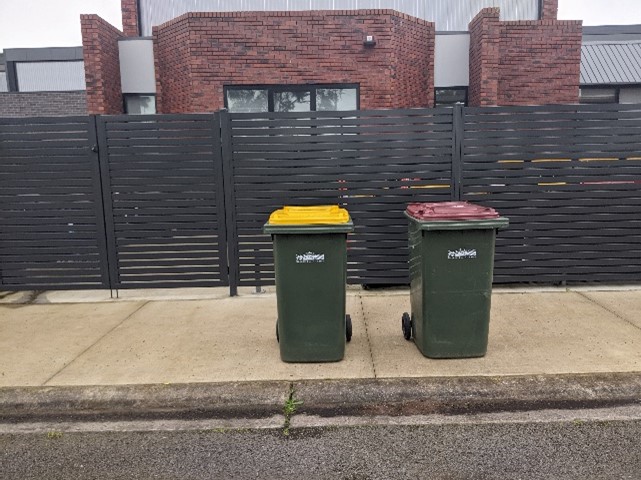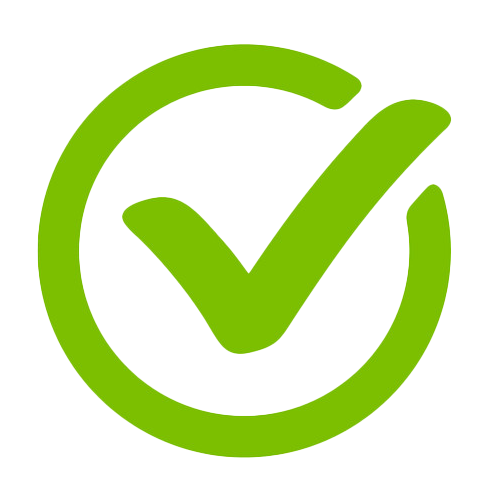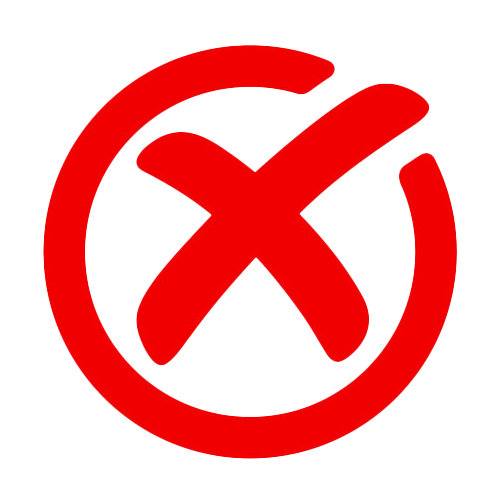How to get a bin
Residential properties will typically have two 240 litre bins, one for garbage and one for recyclables, and one 140 litre bin for glass bottles and jars only. Residents are responsible for keeping their bins in good condition and are to advise Council if repairs are required.
New properties will be required to apply for a waste and recycling service by filling out an application form. Register for a new residential bin here. Council will provide and retain ownership of the bins, which must always remain at the property.
How to ensure your bin is picked up
- Identify your bin pick-up day via the collection days schedule.
- Place your bin out the night before your scheduled collection day. While Council and its contractor endeavour to maintain a consistent collection time, no guarantee is given that collection times will not change on the day. If your bin is not out for collection when the truck arrives, the truck will not return to collect a bin placed after collection.
- In some instances, Council may need to ask residents to place their bins in specific locations for collection. This can be on the opposite side of the road from the property or in a specific location that trucks can access safely.
- For residents paying for an additional service, only place bins that have an “Additional Bin” sticker on them out for collection. The kerbside collection contractor will not collect additional bins without this sticker. If you are currently paying for an additional service, and your bin does not have the “Additional Bin” sticker, please contact Council’s Customer Experience team.

- Place your closed bin with the handle facing towards your property, so the lid opens facing the road.
- Allow half a metre between bins and other objects – for example trees, lights and power poles and parked vehicles.
- Bring your bin back to your property when emptied.
- Overfill the bin. Any bags or extra waste sitting beside the kerbside bins won't be collected.
- Put HARD WASTE in your bins. Examples of hard waste include old tools, lawn mowers, refrigerators, timber, stoves, washing machines and other similar appliances, mattresses, electrical appliances, computers and TVs and old furniture. You can take your hard waste to the Rokewood Resource Recovery Centre.
- Overload your bin as it will not be collected if it is too heavy. Your bin should not exceed 70kgs in weight. A good indication of if your bin is too heavy, is if you cannot easily move or wheel your bin out for collection. A sticker will be placed on the bin if it was too heavy for collection.
- Put any weight such as bricks on top of bin lids.
Residential properties will typically have two 240 litre bins, one for garbage and one for recyclables, and one 140 litre bin for glass bottles and jars only. Residents are responsible for keeping their bins in good condition and may have to pay for replacement bins where a bin has been lost, stolen or damaged.
Register for a new residential bin here.
A copy of the Occupancy Permit for any new dwelling must accompany the Application Form.
If the property is not sewered and has a Septic Tank System installed, a Certificate to Use the Septic Tank System must be obtained prior to any Occupancy Permit being granted.
There are a few key reasons why your bin might not have been picked up:
- It was not out on the correct pick-up day. You can check your bin pick-up day via the collection days schedule.
- Your bin was too heavy (more than 70 kgs).
- Items in your bin were jammed and could not be tipped into the truck.
- Your bin could not be accessed due to an obstruction or incorrect bin placement.
- Your bin was contaminated. You can learn about what goes into your bins by reviewing the Waste Sorting Guide.
- Your bin is non-compliant.
- If it's none of these issues and your bin was missed, please contact Council within 48 hours to organise collection.
YES 
- Empty rigid plastic containers
- Empty plastic bottles
- Empty plastic takeaway containers
- Loose and dry paper and cardboard
- Empty long-life milk and other various liquid cartons
- Empty aerosols, steel and aluminium packaging, foil and foil tray
NO 
Incorrect items put in the recycling bin are called ‘contamination’. Examples of contaminants include:
- Bagged material in any type of plastic bag
- Soft plastic packaging
- Polystyrene packaging
- Large plastic items and plastic toys
- Metal pots and pans
- Nappies
- Clothing and footwear
- Food scraps
- Hazardous chemicals and electronic waste
Please see Council’s Waste Sorting Guide, which provides greater detail around what can and what cannot go in your recycling or garbage bin in Golden Plains Shire.
YES 
- General household waste
- Wrapped broken glass
- Crockery and ceramics
- Wrapped nappies
- Polystyrene in bags
- Food scraps (if not composting at home)
- Soft plastics
NO 
- Liquid waste
- Electronic waste
- Chemicals
- Large, heavy objects that can damage collection equipment
- Car batteries
- Light globes and tubes
- Concrete, bricks, asbestos, excavation material or building rubble
- Hazardous or medical waste
- Hot ashes
- Recyclable material
Please see Council’s Waste Sorting Guide, which provides greater detail around what can and what cannot go in your recycling or garbage bin in Golden Plains Shire.
All general waste collected by the waste collection service is sent to Smythesdale and Wyndham Landfills by Cleanaway.
All recycled waste collected by the recycling service is taken to the Victoria Commingled Resource Recovery (VCRR) Transfer Station in South Geelong, and bulk hauled to VCRR Material Recovery Facility in Laverton.
All glass material collected by the glass collection service is taken to Victoria Commingled Resource Recovery (VCRR) Transfer Station in South Geelong. From there it will then be transported to glass beneficiation and manufacturing facilities to make new bottles and jars.
If you require an additional garbage, recycling or glass bin, there is an additional rate for the second collection. You are allowed a maximum of one additional garbage, and/or one additional recycling bin, and/or one additional glass bin.
Please complete the Application for Waste and recycling service 2024/2025 to proceed with your order.
To cancel a service, please contact Council’s Customer Experience team.
The Victorian Government is standardising household waste and recycling services across the state.
As part of this standardisation, the bin lid colours will need to be consistent across all councils:
- Red for general waste
- Yellow for mixed recycling
- Purple for glass
- Lime green for Food Organics Green Organics (FOGO).
All new general waste bins delivered to residents have red lids. However, some properties might have a general waste bin with a dark green lid or a maroon lid, as these were the previously acceptable colours for general waste.
Existing general waste bins with a dark green or a maroon lid can continue to be used for general waste.
To report a damaged, lost or stolen bin, please contact Council’s Customer Experience team to request for your bin to be repaired or replaced.
If your lid has been damaged or you are missing a pin, please do not try to fix it. Contact Council’s Customer Experience team to request for your lid to be replaced or repaired.
Learn how you can contact Customer Experience here.
Please contact Council’s Customer Service team for all garbage and recycling enquiries. For details on how to contact Council, click here.
Council does not collect hard waste.
You can take your hard waste to any of the following waste transfer stations for a fee:
- Rokewood Resource Recovery Centre: 141 Meadows Road, Rokewood and is open from 10am to 3pm on Sundays (excluding public holidays, code red and total fire ban days).
- Geelong Transfer Station: Douro Street, North Geelong
- Ballarat Transfer Station: Gillies Street South, Ballarat
All new bins delivered to Golden Plains Shire residents now feature Radio Frequency Identification (RFID) tags. Below, you will find everything you need to know about RFID tags—what they are, how they work, how Golden Plains Shire Council used them, and what data may be collected in the future.
While some misconceptions exist about RFID tags being used for surveillance, the truth is much simpler. RFID technology is widely used by many councils to track and manage waste collection data.
Golden Plains Shire has integrated RFID bin tags in the new glass bin rollout primarily to verify bin delivery by the contractor. The tags will also prepare Council for future innovations in the waste management sector while also promoting efficiency and reducing costs by installing them during manufacturing, rather than retrofitting the bins at a later stage.
What is an RFID tag?
An RFID tag on your bin is a small plastic device with no internal power source or batteries, meaning it is only activated when it is within a few centimetres of the receiver on the truck. Most of the time, the tag remains inactive since it relies on the truck’s receiver to power it.
RFID technology is widely used in everyday life, and it is common across various industries and applications, including:
- Credit and debit cards: Often equipped with an RFID chip for contactless payments.
- Access control: Security cards or tags used for entry to offices, gyms, and other buildings.
- Hotel room access: Key cards that use RFID to unlock doors.
- Public transport cards: myki card uses RFID technology to provide seamless access to transport services.
In recent years, RFID has also become a standard tool in the waste management industry.
What RFID has been used for Golden Plains Shire Council?
The RFID tag does not transmit continuously; it is only activated when it is in proximity (within a few centimetres) to the receiver on the truck. For the most part, the tag remains inactive as it does not have its own power source.
Currently, the only information stored on the RFID tag on bins across Golden Plains Shire Council is a unique serial number linked to each bin. Golden Plains Shire has used this technology to match individual bins to specific addresses, which helped track the glass bin delivery process and provide a record that each bin was delivered to the correct property. This will form the basis of a comprehensive bin register and allow Council to manage the bin assets.
Please note, currently, there are no other uses for the RFID tags with the new bins.
What they can do in the future...
Waste bins with RFID technology may allow capturing of additional data in the future such as exact time and location every time a bin is emptied. This could assist Council in different ways, such as:
- Improved bin management: The system could simplify tracking of lost, stolen, or misplaced bins. If a bin is reported missing but later scanned at a different location, the RFID reader would flag the discrepancy. It would also assist drivers in reporting issues with bins, such as needing repairs, being too heavy, or being collected from the wrong address.
- Accurate collection monitoring: It could help confirm the time a bin was emptied and prevent bins from being presented for collection multiple times on the same day.
- Faster issue resolution in general: With real-time data waste-related issues may be addressed much more quickly. In fact, some problems may be resolved before they even need to be reported!
- Enhanced contractor performance evaluation: Council would be able to evaluate contractor performance with greater precision.
What they cannot do...
The RFID tag itself does not collect:
- Personal information
- Information about the contents of the bin.
- Information about bin weight.
What happens if you damage or remove the RFID tag?
Please do not peel off or alter the tags, as this will damage them and affect their functionality.
Drivers might not be able to verify that the bin belongs at your address and might not empty it.
Remember, the bins are owned by Council and allocated to each residential and commercial property paying the waste management charge.
